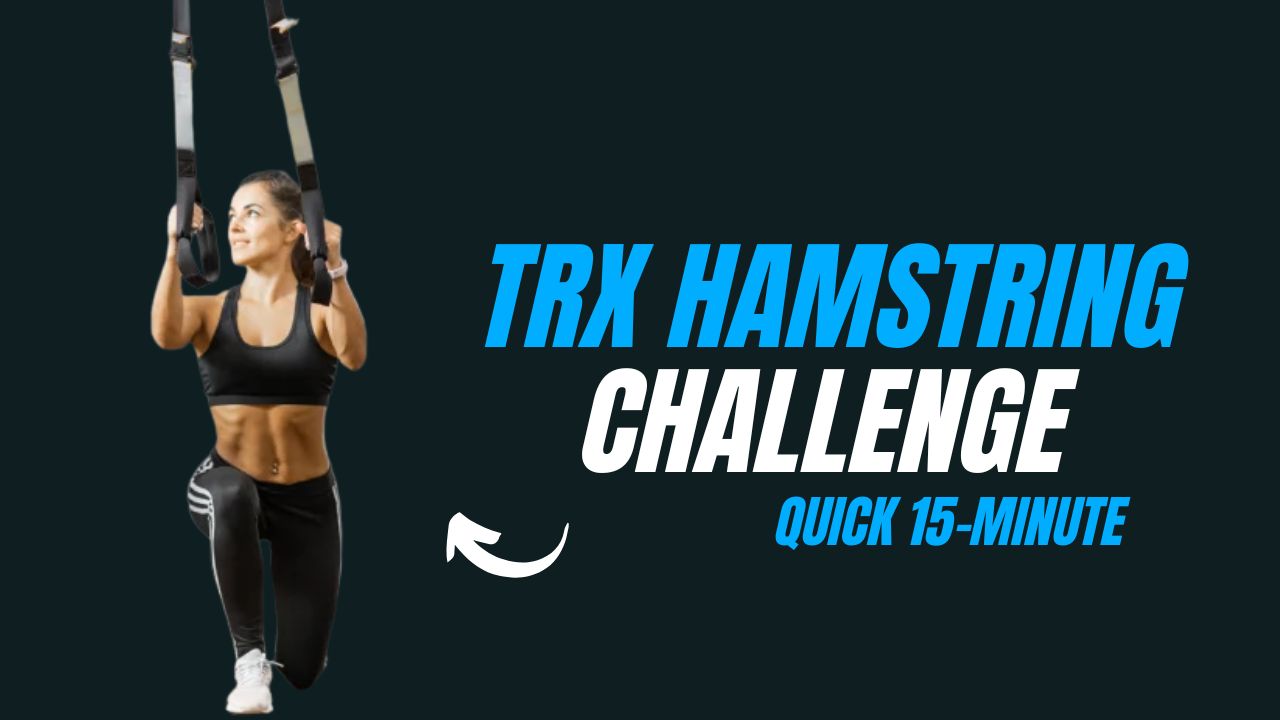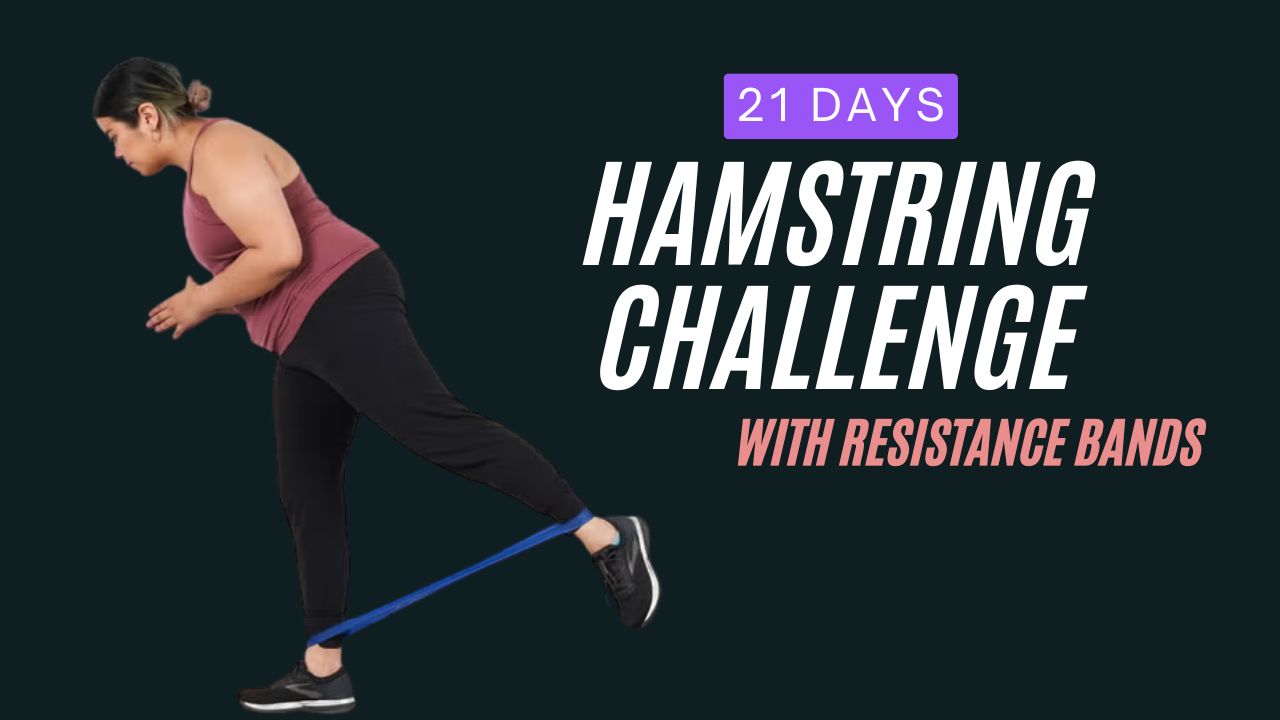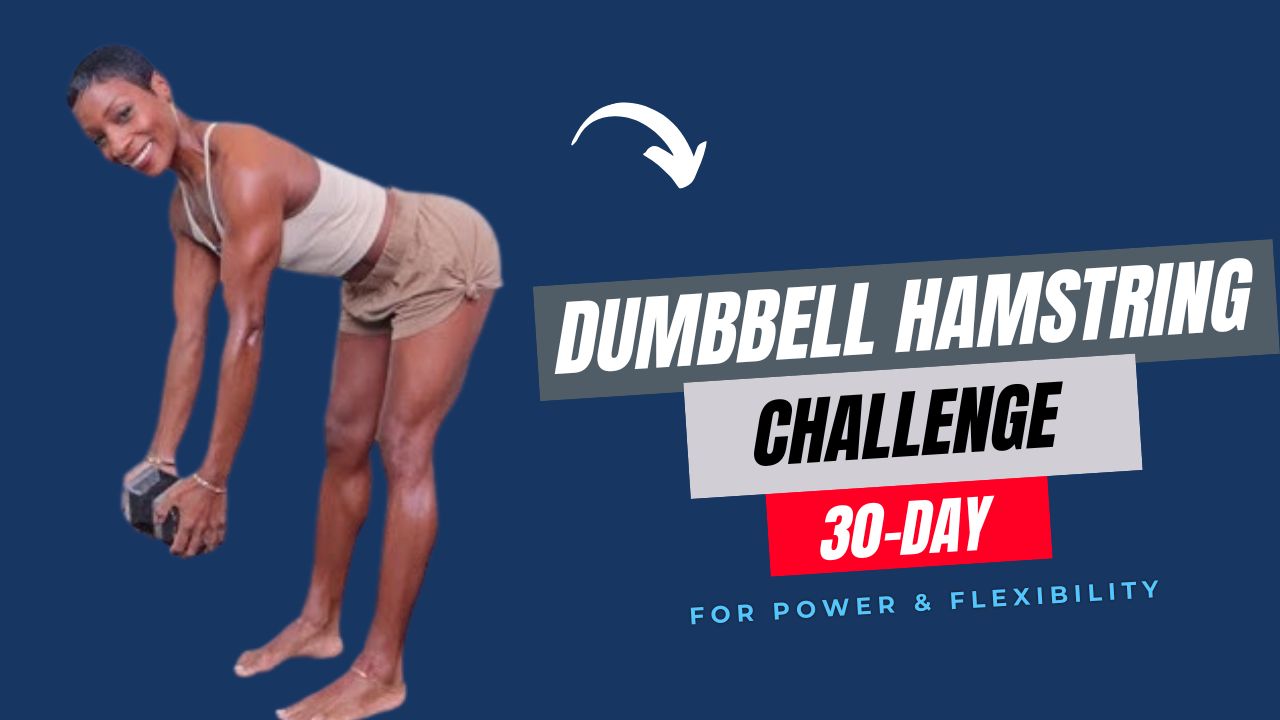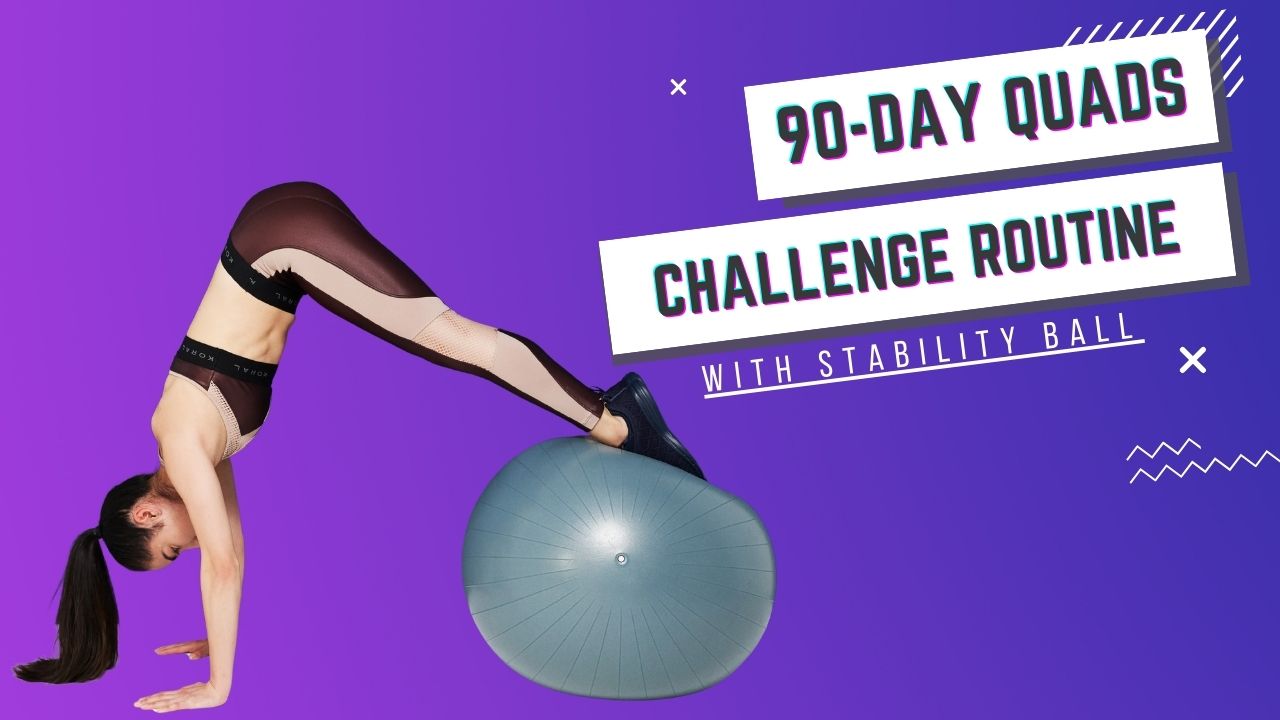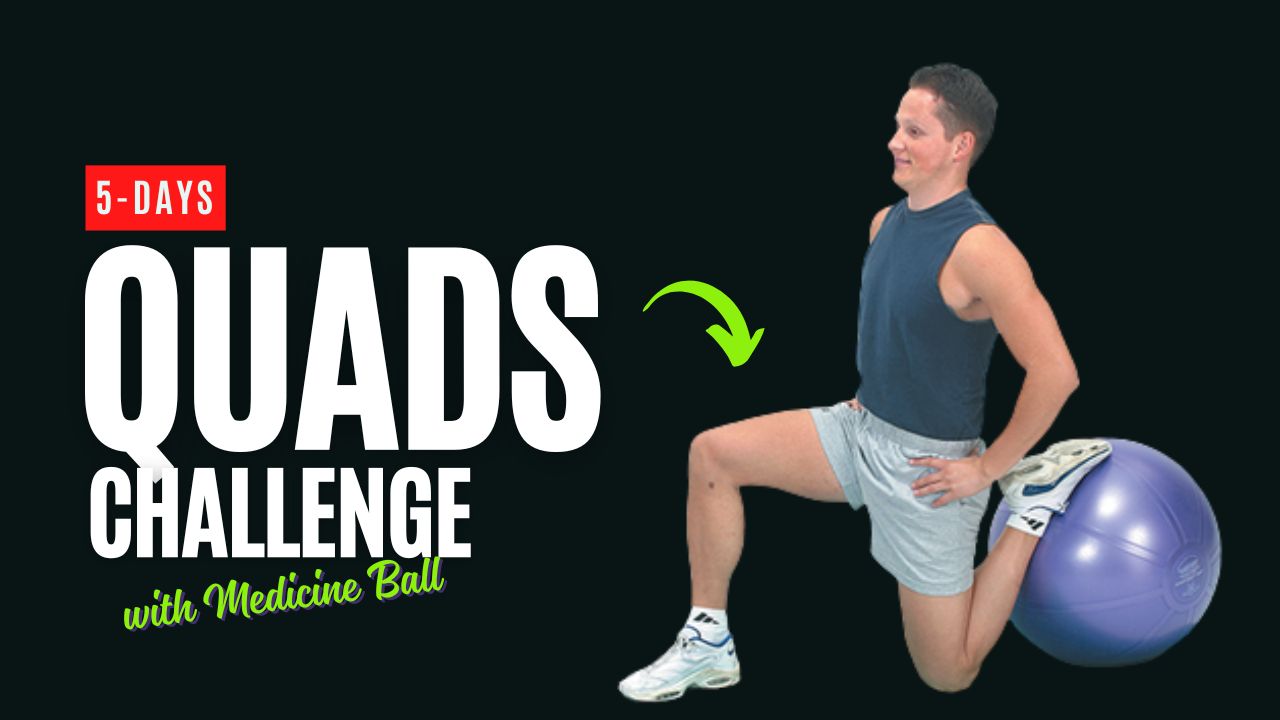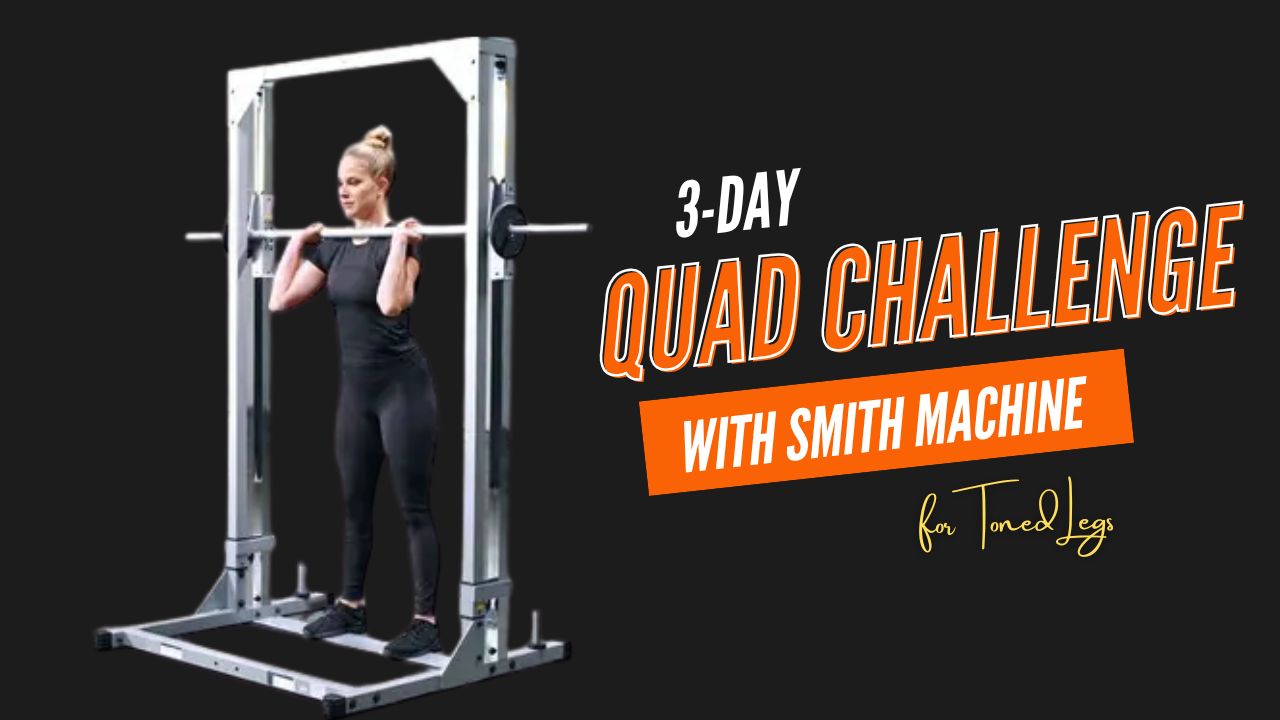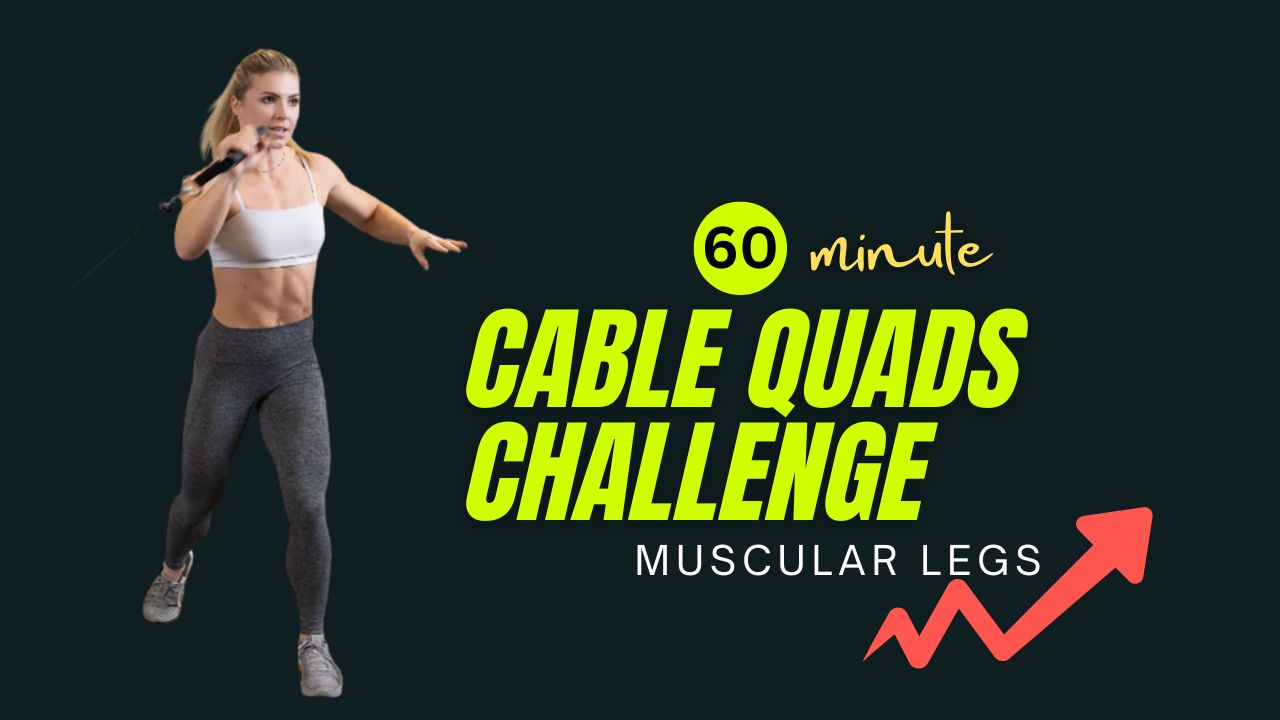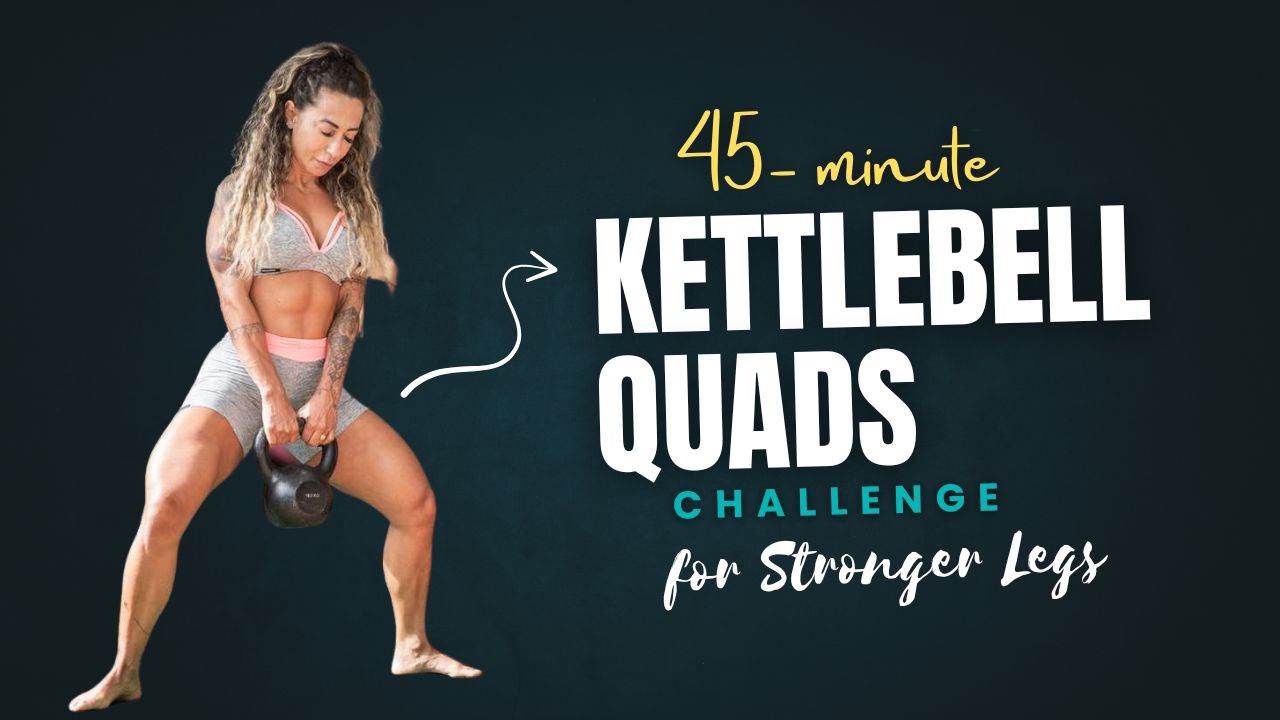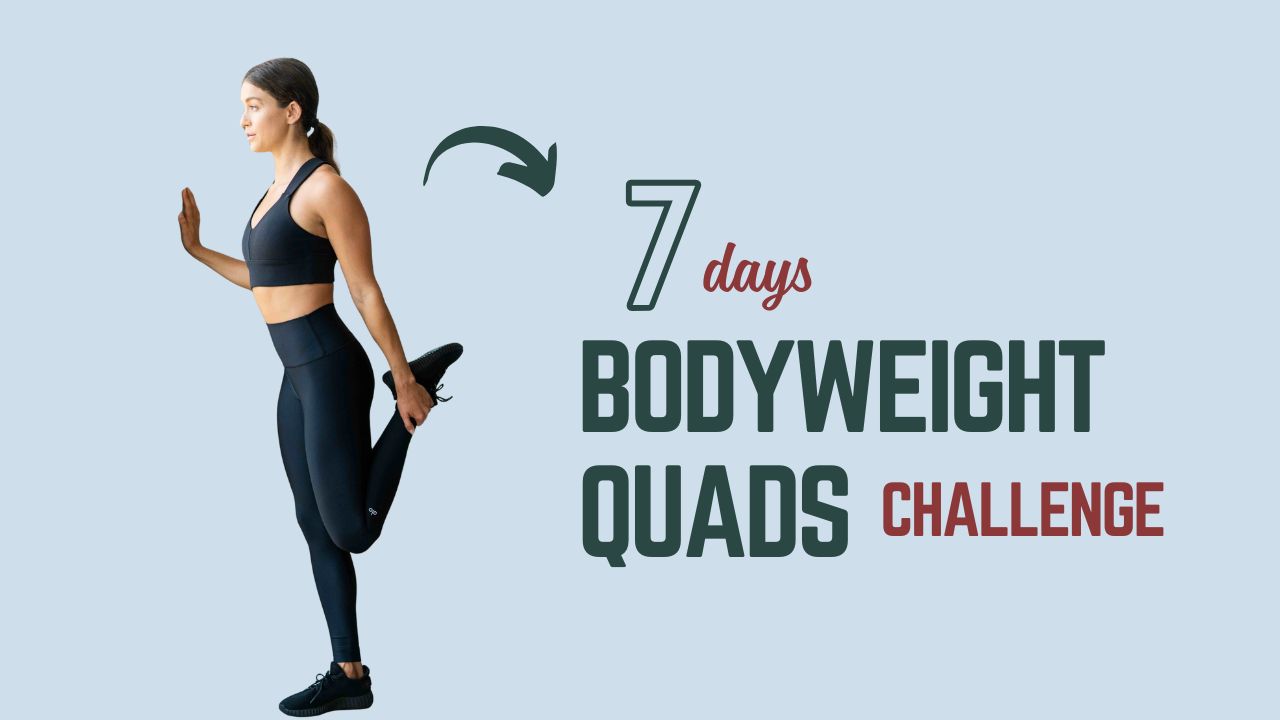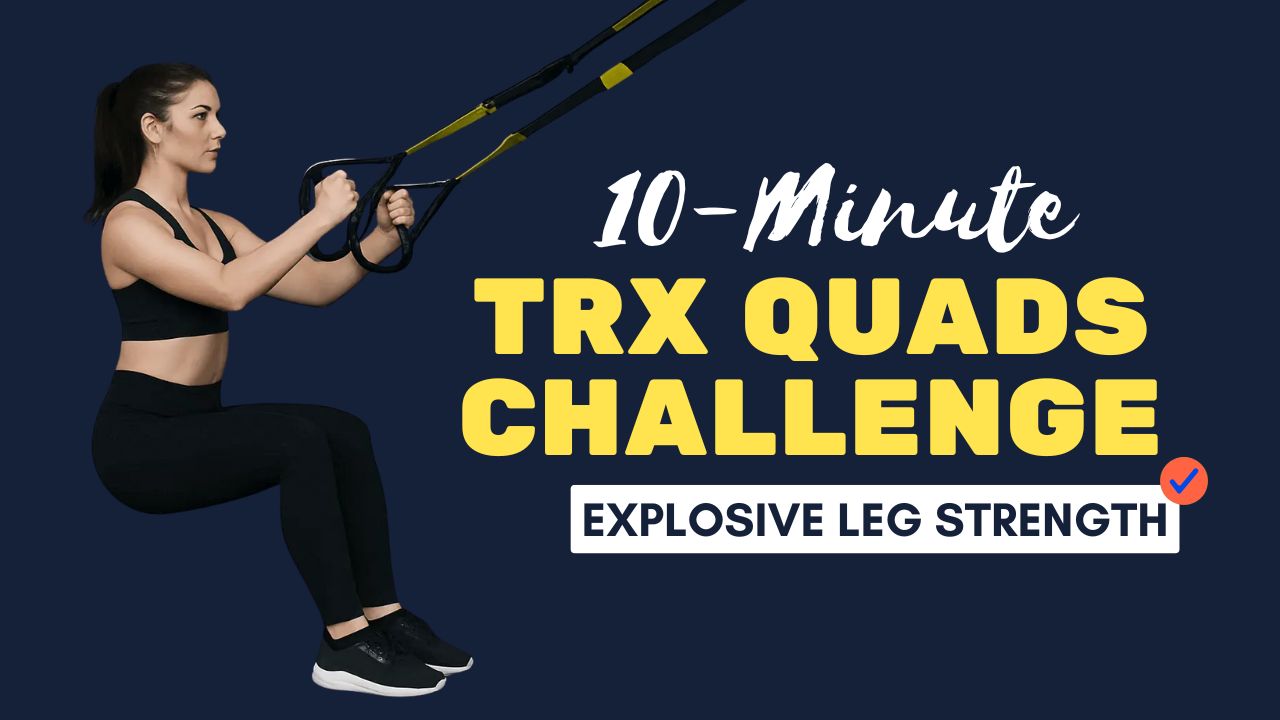When most people think of ab training, they immediately picture crunches, sit-ups, or planks on a yoga mat.
But here’s the hidden truth: your core isn’t just the “six-pack” muscles—it’s a complete system of stabilizers, obliques, and deep abdominal layers that work together to protect your spine, improve posture, and generate strength for every movement.
The cable machine, often overlooked for core training, is one of the most powerful tools for building balanced abdominal strength.
Why? Because it allows for constant tension throughout the movement, adjustable resistance, and dynamic angles that bodyweight exercises can’t provide.
Did you know? Unlike free weights, cable machines keep your muscles under tension through the entire range of motion, which leads to improved strength and stability. This means you’ll train your abs not just for looks, but for functional performance too.
In this 5-Day Cable Machine Core Challenge, you’ll follow a structured plan to hit every part of your midsection.
Each exercise will include a “How To” guide so you can perform it safely and effectively. By the end of the challenge, you’ll notice a stronger, more stable core that goes beyond aesthetics.
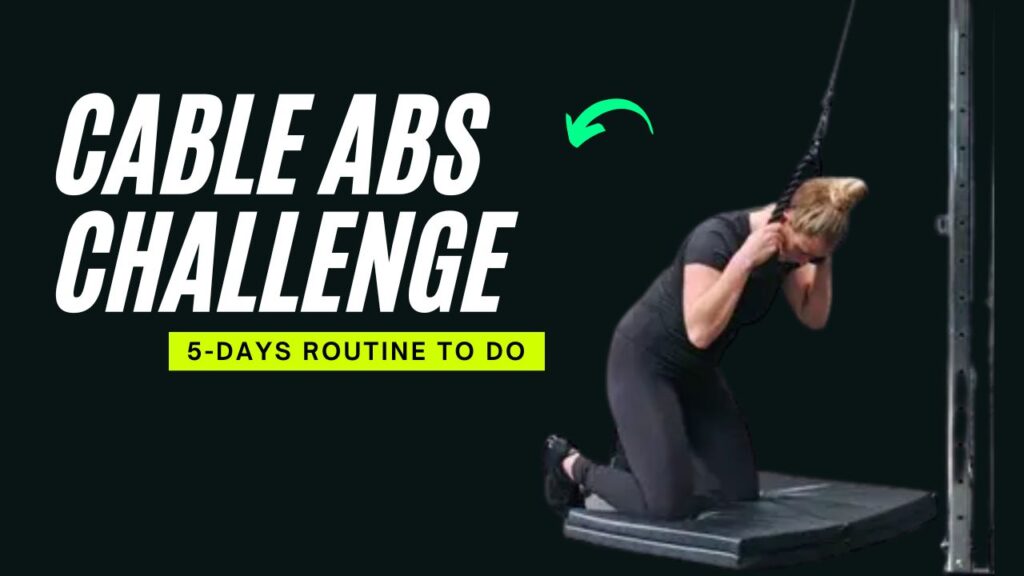
Table of Contents
What Can Happen After 30 Days of This Challenge
| Positive Outcomes | Why It Happens |
|---|---|
| Stronger, more stable core | Continuous cable tension strengthens deep and surface abdominal muscles. |
| Improved posture & spinal support | Core activation reduces slouching and supports the lower back. |
| Better performance in lifts & sports | Stronger abs transfer power to compound movements and athletic actions. |
| Reduced risk of lower back pain | Strengthened stabilizers relieve pressure on the spine. |
| Visible core definition (if paired with proper nutrition) | Muscle development shows through when body fat is managed. |
| Enhanced balance and coordination | Oblique and anti-rotation training improves everyday movement efficiency. |
Do’s and Don’ts for the 5-Day Cable Machine Core Challenge
| Do’s | Don’ts |
|---|---|
| Start with a manageable weight and increase gradually. | Don’t use momentum or swing the cables to complete reps. |
| Focus on controlled movements and full range of motion. | Don’t rush through the exercises just to finish quickly. |
| Engage your core throughout each exercise, not just at the peak. | Don’t let your arms or legs take over the movement. |
| Keep proper posture: shoulders back, spine neutral. | Don’t hunch your back or arch excessively. |
| Warm up before and cool down after every session. | Don’t skip recovery—rest days are just as important. |
| Track your progress (weights, reps, sets) to measure improvement. | Don’t expect visible abs without pairing training with proper nutrition. |
Day 1: Cable Crunches – Targeting the Rectus Abdominis
The rectus abdominis is the front layer of your abs, often referred to as the “six-pack.” Cable crunches add resistance, making this classic movement more effective.
How to Do Cable Crunches
- Attach a rope handle to the high pulley of a cable machine.
- Kneel a few steps away from the machine, holding the rope at the sides of your head.
- Start in an upright kneeling position with the cable tension pulling slightly upward.
- Contract your abs and crunch forward, bringing your elbows toward your thighs.
- Pause for a moment, then slowly return to the starting position.
Form tip: Avoid pulling with your arms—focus on curling through your abs.
Myth Buster: Many people believe crunches alone will reveal six-pack abs. In reality, visible abs depend heavily on body fat percentage, not just endless crunch repetitions.
Day 2: Cable Woodchoppers – Training the Obliques
Obliques are crucial for rotation, balance, and protecting the spine. Cable woodchoppers simulate rotational movements that mimic sports actions like swinging, throwing, or turning.
How to Do Cable Woodchoppers
- Attach a handle to the high pulley.
- Stand sideways to the machine, feet shoulder-width apart.
- Grab the handle with both hands above one shoulder.
- Pull the cable diagonally across your body toward your opposite hip, rotating your torso as you go.
- Control the return to the start position.
- Repeat for the set, then switch sides.
Form tip: Keep your arms extended and focus on rotating your torso, not just moving your arms.
Did you know? Strong obliques can significantly reduce lower back pain by stabilizing your spine during daily movements.
Day 3: Cable Pallof Press – Anti-Rotation Strength
The Pallof press is a unique core exercise because it resists rotation instead of producing it. This builds stability and teaches your core to stay strong under external pressure.
How to Do the Pallof Press
- Set the cable handle at chest height.
- Stand sideways to the machine with feet shoulder-width apart.
- Hold the handle with both hands at your chest, stepping away from the machine to create tension.
- Press the handle straight out in front of you and hold.
- Resist the pull of the cable trying to rotate you back.
- Bring the handle back to your chest slowly.
Form tip: Keep your shoulders and hips square. The goal is resisting rotation, not moving with it.
Interesting fact: This exercise is often prescribed by physical therapists to athletes recovering from back injuries because it strengthens the deep stabilizers of the core.
Day 4: Cable Reverse Crunch – Lower Abs Activation
Lower abs are notoriously hard to target, but cable reverse crunches activate them effectively with resistance.
How to Do Cable Reverse Crunches
- Attach ankle straps to the low pulley.
- Lie flat on your back a few feet away, attaching the straps to your ankles.
- Place your hands by your sides for stability.
- Lift your legs toward your chest by curling your hips upward, not just swinging your legs.
- Slowly lower back down without letting your feet touch the ground.
Form tip: Focus on lifting with your lower abs, not using momentum.
Did you know? Weak lower abs can contribute to poor posture and tight hip flexors. Strengthening them helps improve pelvic alignment.
Day 5: Cable Side Bends – Lateral Core Strength
The side bend is one of the most direct ways to strengthen the obliques and the lateral core. Adding cables ensures resistance throughout the movement.
How to Do Cable Side Bends
- Attach a single handle to the low pulley.
- Stand with your side facing the machine, holding the handle in the hand closest to the machine.
- Keep your other hand on your hip or behind your head.
- Slowly bend sideways away from the machine, stretching your obliques.
- Use your obliques to pull yourself back up to the starting position.
- Repeat for the set, then switch sides.
Form tip: Don’t rush—move in a slow, controlled manner for maximum contraction.
Myth Buster: Side bends will not give you a “thicker waist.” Instead, they strengthen your obliques, which provide stability and better athletic performance.
Putting It All Together: The 5-Day Challenge Routine
Here’s how to structure your 5-day workout using the above exercises. Perform the exercises in the given sets and reps. Rest 45–60 seconds between sets.
Workout Format
- Day 1: Cable Crunches
- Day 2: Cable Woodchoppers
- Day 3: Cable Pallof Press
- Day 4: Cable Reverse Crunches
- Day 5: Cable Side Bends
Challenge Duration Table
| Day | Exercise | Sets | Reps | Rest | Notes |
|---|---|---|---|---|---|
| 1 | Cable Crunches | 3–4 | 12–15 reps | 60 sec | Focus on slow contraction |
| 2 | Cable Woodchoppers | 3–4 | 10–12/side | 60 sec | Keep arms extended |
| 3 | Pallof Press | 3–4 | 12–15 reps | 45–60 sec | Hold 2–3 sec at full extension |
| 4 | Cable Reverse Crunch | 3–4 | 12–15 reps | 60 sec | Avoid swinging legs |
| 5 | Cable Side Bends | 3–4 | 12–15/side | 60 sec | Controlled up & down movement |
Conclusion: Unlocking Core Balance with Cables
Core training isn’t just about sculpted abs—it’s about creating balance, stability, and power that carries over into every workout and daily activity.
The 5-Day Cable Machine Core Challenge gives you a structured path to strengthen all areas of your core, from the deep stabilizers to the outer layers.
By following this plan, you’ll not only notice improved abdominal definition but also enhanced posture, reduced risk of injury, and more efficient strength in other lifts. Remember: consistency and control are the keys to unlocking lasting results.
What’s Next After the 5-Day Challenge?
Think of this challenge as the foundation, not the finish line. Once you’ve completed it, you can continue to progress by:
- Repeating the challenge with slightly heavier weights or slower reps to increase intensity.
- Mixing exercises by combining 2–3 cable core moves in a single session for variety.
- Extending the challenge into a 10-day or 4-week progression, adding more sets and reps over time.
- Pairing with full-body training (squats, deadlifts, and overhead presses) to see how a stronger core translates into overall strength.
By turning this into a longer-term routine, you’ll create sustainable progress, ensuring your core stays strong, balanced, and functional well beyond just five days.
Frequently Asked Questions (FAQs)
Can beginners do the 5-Day Cable Machine Core Challenge?
Yes, beginners can start with lighter weights and fewer sets (2–3 sets per exercise). Focus on proper form before increasing resistance.
How long should each workout take?
Each daily session should take about 15–25 minutes, depending on your rest periods and the number of sets you perform.
Do I need to train abs every day?
No, but this challenge is designed to focus on one core exercise per day. Since you’re targeting different areas of the core, recovery is still manageable.
Will this challenge give me six-pack abs?
This challenge will strengthen and shape your abs, but visible six-packs depend on your overall body fat percentage, which is largely influenced by nutrition.
Can I combine this challenge with other workouts?
Yes. You can pair it with strength training, cardio, or sports activities. Just make sure you’re not overtraining your core—balance is key.
What equipment do I need for this challenge?
A standard cable machine with adjustable pulleys and attachments (rope, handle, ankle straps) is sufficient.
Is the cable machine better than bodyweight ab workouts?
Not necessarily “better,” but cables provide constant resistance, adjustable difficulty, and angles that are harder to achieve with just bodyweight. They complement each other.
How soon will I notice results?
Strength gains and improved stability can be felt within 2–3 weeks. Visible changes in definition may take longer depending on diet, consistency, and body fat levels.
